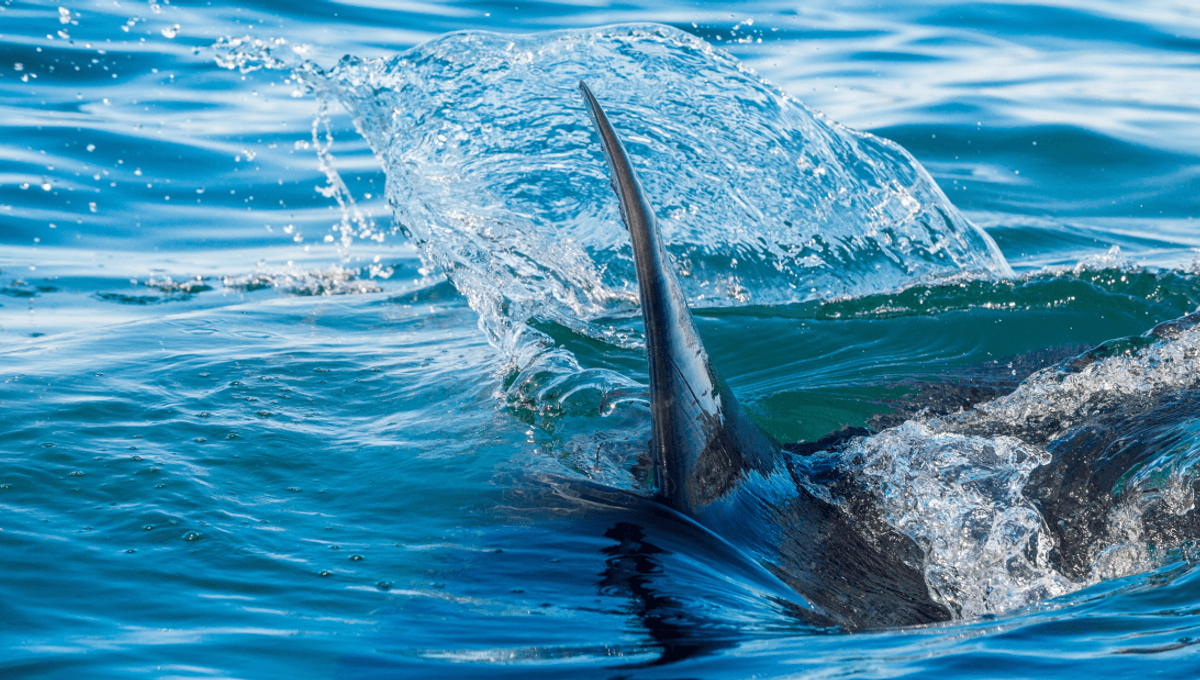A new study has revealed that the extinct megalodon, despite its enormous size, was only slightly faster than its modern relative, the great white shark. Researchers used a novel method, analyzing the structure of dermal denticles (tooth-like structures on shark skin), to estimate the hunting speed of these prehistoric predators.
The study, published in the *Journal of the Royal Society Interface*, builds upon the understanding that shark denticles help reduce drag and turbulence in the water, allowing them to swim faster and quieter. The team compared the denticle structure of megalodon, estimated from fossil remains, to those of several modern shark species, including the great white.
Analysis of denticle spacing and their drag reduction efficiency, along with estimated body length, revealed that megalodon likely hunted at a speed of 5.9 meters per second, while the great white clocked in at 5.7 meters per second. While megalodon emerges as the slightly faster predator, both species were surpassed by the shortfin mako shark, which is estimated to reach hunting speeds of 10.5 meters per second.
This research marks the first time that X-ray CT technology has been used to reveal the detailed 3D structure of white shark denticles. The findings hold promise for creating new "riblets," structures that mimic the drag-reducing properties of denticles, for applications in fluid dynamics across various speeds.
More importantly, the study demonstrates a novel approach for estimating shark swimming speeds that can be applied even to extinct species. This opens up exciting new avenues for understanding the behavior and evolution of these ancient creatures.
Article
Technology

Megalodon's Speed: A Denticle-Based Race

